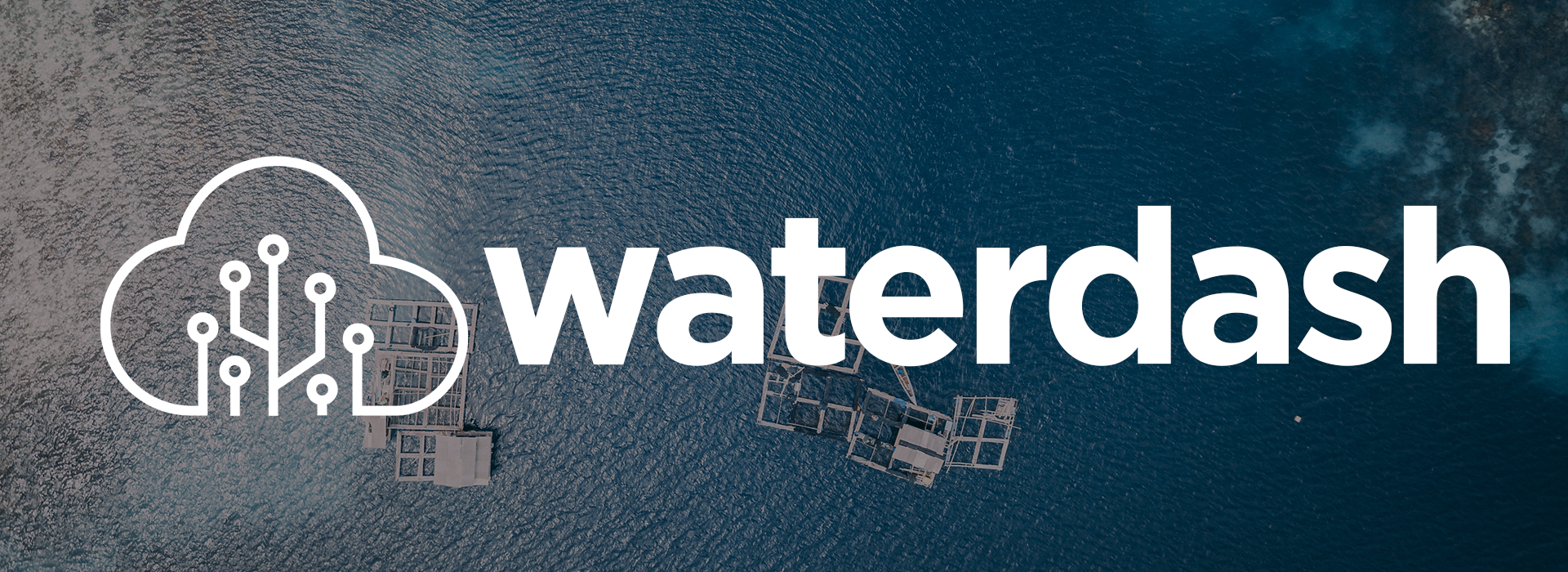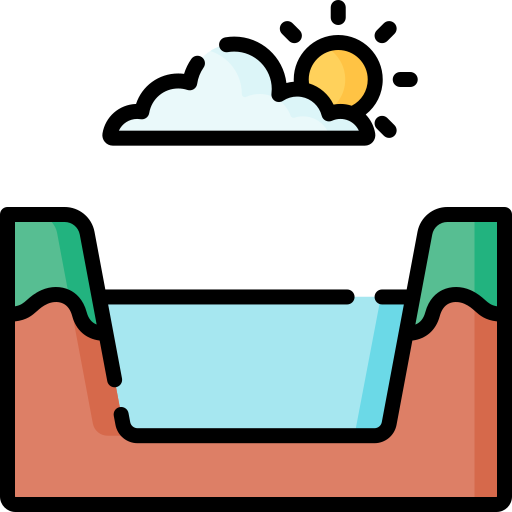About Us
Waterdash
Waterdash is a real-time water quality monitoring system as a platform that specifically designed to monitor and does predictive analytics on water quality. The goal of this project is to have an analytical dashboard for the researchers to monitor the water quality and have an analytical prediction on the behavior of water quality. Initially, WaterDash is focusing on becoming the main platform to be used for the ‘Low-Cost Solar Powered & Real-Time Water Quality Monitoring System project on Malaysia Seawater Aquaculture project [1] in creating a real-time data collecting device and perform further studies that include analytics and prediction of interest water quality data [2].
In this case, we are dealing with monitoring the water quality of the seawater aquaculture and the main concern is on mitigating the growth of harmful algal bloom (HAB) which becomes a threat to the aquaculture ecosystem as it reduces safe water usage and causes water pollution. To perform further studies and analysis on the water quality data, profiling environmental readings will be the key element to acquiring understanding into the algal bloom growth. The sensors probe that is used to profile are:

Nur Aqilah Paskhal Binti Rostam
Researcher

Abdul Aziz Bin Abdul Hadi
Developer

Mohamad Aizuddin Bin Mohamed Ismail
Developer
Acknowledgent
Ministry of Higher Education Malaysia | Transdisciplinary Research Grant (TRGS)
Project Title: Sensor-based profiling and predictive analytics of solar flux and water quality on the seawaer farm
Fund: Transdisciplinary Research Grant (TRGS/1/2018/USM/01/5/4-203.PKOMP.67612) By Ministry of Higher Education Malaysia











